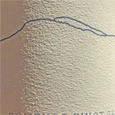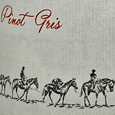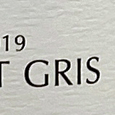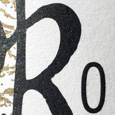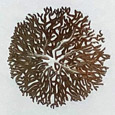This month we look at the much-maligned pinot gris grape that frankly deserves some of the hate tossed at it.
But when it is right, it can be delicious, and in BC, we have the terroir and wherewithal to do something special if we put our minds to it.
Most local gris is picked, crushed, fermented, bottled, and ready to drink by the time the weather begins to warm, just as local salmon, spot prawn, and halibut seasons get underway. That's not to say things are not changing. In a cool climate, pinot gris can be more than ordinary, if not magical, at times. It is a place some producers are exploring, much to the delight of wine lovers.
Across the province, pinot gris is closing in on its 45th birthday since the first vines went into the ground. Back then, George and Trudy Heiss of the Winfield, now Lake Country-based Gray Monk Estate, championed the cultivar, even naming their winery Gray Monk after the colloquial expression used for pinot gris in Austria and Hungary.
The first 50 Pinot Gris vines came from Alsace in 1976. That same summer Dr. Helmut Becker, the director of grape breeding at Germany's Geisenheim Institute, visited the Okanagan Valley and offered George Heiss a selection of vines from the famed Geisenheim research plots and the rest, as they say, is history.
By suggesting that the vines be made available to all growers when the experiment ended, the Heiss family has left a legacy of grapes that spread across the Okanagan Valley and most other growing regions in British Columbia. Today it vies with chardonnay as the most widely planted white grape in BC and trails only merlot overall. To say the least, it is impressive for a grape that hasn't received a lot of love from the media or the trade.
Internationally, pinot gris spans every style from bone dry to off-dry if not sweet, and often it is made to age. Alsace, France, Northern Italy, Germany, Hungary, New Zealand and Oregon all make gris, be it rulander, grauburgunder, pinot gris or pinot grigio. Its early release makes it financially viable for wineries to grow and sell. Certainly, the latter speaks to its origins in British Columbia.
After suffering decades of fruit salad-flavoured pinot gris, the good news is the gris style is evolving in BC, at least among the best producers. The change is part of a larger BC movement that sees growers experimenting with different techniques, including oak and concrete and, most importantly, connecting with their land. The key has been embracing the notion of true cool-climate wine that can come with a level of energy, excitement, acidity, minerality and mouthfeel few in the world can match.
Before you say, hey, it's only pinot gris, we know. It may never be as complex as the greatest chardonnays or rieslings. Still, with a little respect and a lot of trial and error over the next generation, it will become an important wine style for British Columbia, and consumers are already on board.
This week our Top Ten explores some of the very best we have tasted this year. Much of the 2019 vintage is out in the market, but the excellent 2020 versions are quickly replacing it. Older vintages likely signal extra wood or concrete ageing beyond the normal crush and bottle versions.

 quicksearch
quicksearch


